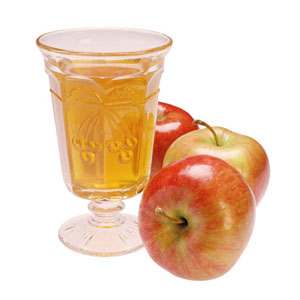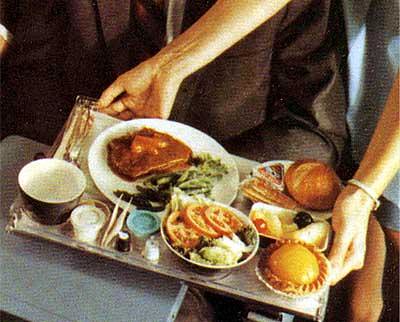 A chemical formerly used to improve the color, yield, and storage qualities of APPLES. It is not a PESTICIDE. Until the late 1980s, Alar was used on an estimated 5 percent to 10 percent of the American apple crop. It was also used on CHERRIES and PEANUTS. Alar is a systemic pollutant, meaning it is distributed throughout the plant and cannot be washed off. Because alar has caused CANCER in experimental animals, experts worried
A chemical formerly used to improve the color, yield, and storage qualities of APPLES. It is not a PESTICIDE. Until the late 1980s, Alar was used on an estimated 5 percent to 10 percent of the American apple crop. It was also used on CHERRIES and PEANUTS. Alar is a systemic pollutant, meaning it is distributed throughout the plant and cannot be washed off. Because alar has caused CANCER in experimental animals, experts worriedthat because young children drink more apple juice for their body weight than do adults, they are more susceptible to the potential risk.
In 1989 Alar was withdrawn by the manufacturer, Uniroyal Chemical Company. The following year it was formally banned by the EPA. Alar is still sold abroad, however. About 50 percent of apple concentrates for apple juice comes from foreign countries where Alar is widely used, and imports may be contaminated by Alar.

 One of the simplest AMINO ACIDS used to build PROTEINS. Alanine is readily formed in the body from PYRUVIC ACID, a direct product of GLUCOSE utilization; hence, it is classified as a non-dietary, essential amino acid. In addition to serving as a protein building block, alanine plays an important role in transporting the toxic waste product, AMMONIA, out of muscle. Ammonia is produced when muscle cells break down amino acids for energy. Cells couple ammonia with a simple acid called pyruvic acid to form alanine, which is then released into the bloodstream.
One of the simplest AMINO ACIDS used to build PROTEINS. Alanine is readily formed in the body from PYRUVIC ACID, a direct product of GLUCOSE utilization; hence, it is classified as a non-dietary, essential amino acid. In addition to serving as a protein building block, alanine plays an important role in transporting the toxic waste product, AMMONIA, out of muscle. Ammonia is produced when muscle cells break down amino acids for energy. Cells couple ammonia with a simple acid called pyruvic acid to form alanine, which is then released into the bloodstream.